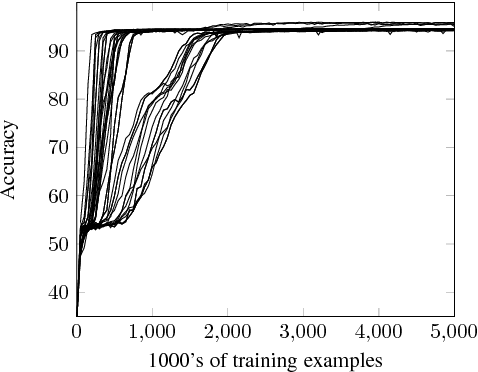Stress-Testing Neural Models of Natural Language Inference with Multiply-Quantified Sentences
Paper and Code
Oct 30, 2018



Standard evaluations of deep learning models for semantics using naturalistic corpora are limited in what they can tell us about the fidelity of the learned representations, because the corpora rarely come with good measures of semantic complexity. To overcome this limitation, we present a method for generating data sets of multiply-quantified natural language inference (NLI) examples in which semantic complexity can be precisely characterized, and we use this method to show that a variety of common architectures for NLI inevitably fail to encode crucial information; only a model with forced lexical alignments avoids this damaging information loss.
 Add to Chrome
Add to Chrome Add to Firefox
Add to Firefox Add to Edge
Add to Edge